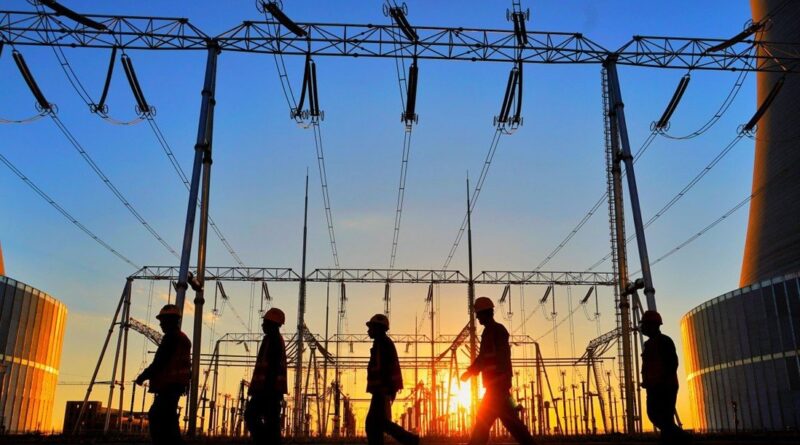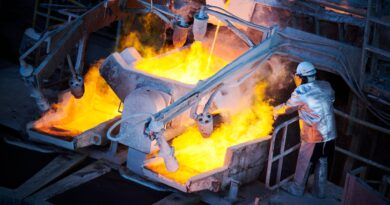Ivanhoe Mines increases hydroelectric power availability for Kamoa-Kakula
Johannesburg, South Africa – Ivanhoe Mines has announced today, alongside the company’s first-quarter production results, that Kamoa-Kakula has reached a major turning point following a significant increase in imported hydroelectric power in recent weeks enabling the start-up of the new on-site copper smelter.
Imported hydroelectric power increased by 20 megawatts (MW) to 70 MW in mid-March. Imported hydropower is expected to increase further to 100 MW imminently, representing a 100% increase over recent weeks.
Kamoa-Kakula delivered record production during the last two weeks of March at an annualized rate above its 2025 guidance. The outperformance was also underpinned by strong operating performance from the new Phase 3 concentrator, which delivered record throughput and copper production, exceeding its nameplate design capacity.
Kamoa-Kakula produced a near-record 133,120 tonnes of copper during first quarter, rising to a production rate of over 630,000 tonnes of copper annualized over last two weeks of March.
During the first quarter, the Phase 1, 2, and 3 concentrators milled a record 3.72 million tonnes of ore and achieved a daily milling record of 51,528 tonnes of ore in late March. The outperformance was underpinned by initiatives implemented earlier in the quarter that enabled the Phase 3 concentrator to be consistently fed at higher rates than originally designed. Phase 3 milled a record 1.51 million tonnes of ore during the quarter. The record is equivalent to an annualized milling rate of 6.1 million tonnes per annum, which is more than 20% higher than the Phase 3 concentrator’s design capacity of 5.0 million tonnes per annum. The Phase 1 and 2 concentrators also outperformed during the quarter, although operations were hampered by maintenance shutdowns in the first half of March.
During March, Kamoa-Kakula’s Phase 1, 2, and 3 concentrators produced an average of 1,509 tonnes of copper per day, which is equivalent to an annualized production rate of 550,000 tonnes per annum. After maintenance on the Phase 1 and 2 concentrators was complete, copper production increased to a record average of 1,732 tonnes per day over the last 14 days of March. The production record is equivalent to an annualized production rate of over 630,000 tonnes per annum, well in excess of the 2025 guidance. An outstanding daily production record of 1,919 tonnes of copper was also achieved on March 28, 2025.
Kamoa-Kakula is maintaining its annual production guidance of 520,000 to 580,000 tonnes of copper.
During March, total average power required for the Phase 1, 2, and 3 operations was between 130 and 140 MW. At the beginning of the month, Kamoa-Kakula was drawing 50 MW of domestically generated hydroelectric power, with 50 MW drawn from imported sources. The balance of required power was from on-site, diesel-generated backup power, of which there is an installed capacity of up to 160 MW.
In March, an agreement was signed to increase total imported hydroelectric power via the Zambian interconnector by 40% from 50 MW to 70 MW. The additional power is sourced from Mozambique via the Southern Africa Power Pool network. Kamoa-Kakula’s operations team expects a further increase in imported power to 100 MW within the coming days. The increase in power has provided Kamoa-Kakula’s management team with the confidence to finalize commissioning and commence the start-up of the smelter. Power drawn by the smelter is expected to gradually increase from 45 MW, following first concentrate feed, up to 70 MW once at full capacity.
In addition, wet commissioning of Turbine #5 at Inga II, with a hydroelectric generation capacity of 178 MW, is now expected to commence in the third quarter. Kamoa-Kakula is expected to be allocated an initial, additional 50 MW of hydroelectric power once commissioning is complete, increasing up to 178 MW as the ongoing grid improvement initiatives are completed in 2026.




